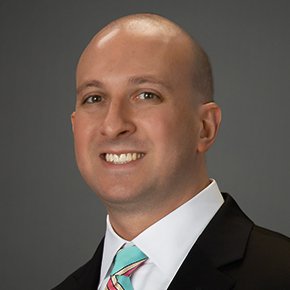Opioid overuse in the treatment of acute and chronic pain has been a well-established issue which has created many problems in the clinical setting. Over the past several decades, this is culminated in an opioid crisis which has resulted in multiple regulatory changes that have helped in curbing the use and prescription of opioid medications. However, altering a treatment algorithm in a chronic case is more difficult than simply tapering medications. Appropriate patient care should not have a singular focus of medication dose. A good patient outcome is measured not only by the patient’s satisfaction but on their overall functionality as well.
When tapering opioid medications, the use of adjuvant medication as well as nonpharmacologic treatment is critical. As it relates to adjuvant medication, the opioid medications are able to be substituted for safer, nonaddictive options. Topical medications, antidepressants, and antiepileptic medication have been well-established in the medical literature as being effective. The safety that they bring is an added benefit. But, unfortunately, adjuvant medications are seldom successful by themselves in allowing for meaningful opioid tapering. Adjuvant treatment is also required.
A survey of options available as a substitution for opioids includes cognitive behavioral therapy and comprehensive residential rehabilitation programs which have well-established outcomes in the literature. The only drawback to these treatment options is that they may not be readily available to the patient on a daily basis. Fortunately, a newer option has become available in the form of distraction based therapy, virtual reality therapy. Virtual reality therapy is a very meaningful option which has become available to patients who are undergoing opioid tapering. It allows for true distraction from the daily struggle with chronic pain and is an option which is also available to them on a daily basis. The approach is that a patient is provided a headset which they are able to utilize on a daily basis and the comfort of their own home. It can be utilized multiple times per day and allows the patient in pain to reach for a treatment option other than a pill bottle. Due to the technological nature of the treatment, compliance can be tracked so that adherence to the treatment protocol can be maintained. Outcomes in chronic pain populations have shown true benefit and this is a treatment algorithm which needs to be embraced and expanded in the medical community.

Keith C. Raziano, M.D. is the C.E.O. and Managing Director of the Physicians Spine & Rehabilitation Specialists and has been practicing medicine for over 18 years. Dr. Raziano received his undergraduate degree in Biology from the University of Miami and his medical degree from the University of Miami School of Medicine, where he served as a Teaching Assistant. Dr. Raziano completed his surgical internship at Orlando Regional Medical Center and completed Residency training at Emory University Hospital. He served as Chief Resident and Clinical Instructor at Emory and was voted Attending of the Year. Dr. Raziano is board certified in Physical Medicine and Rehabilitation with an additional subspecialty and board certification in Pain Medicine from The American Board of Physical Medicine and Rehabilitation. . He currently practices in Sandy Springs and Stockbridge.

